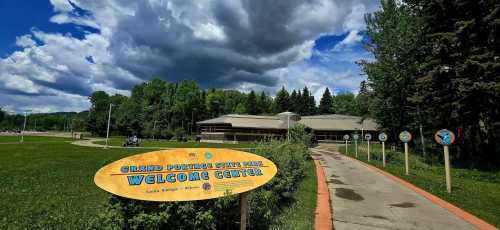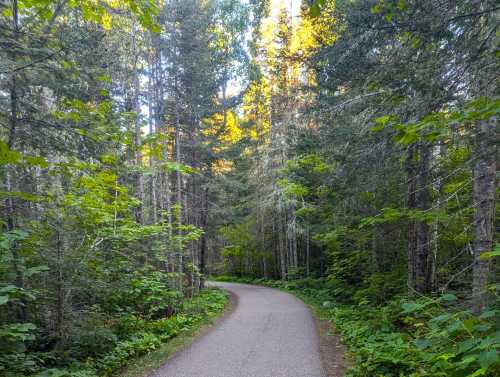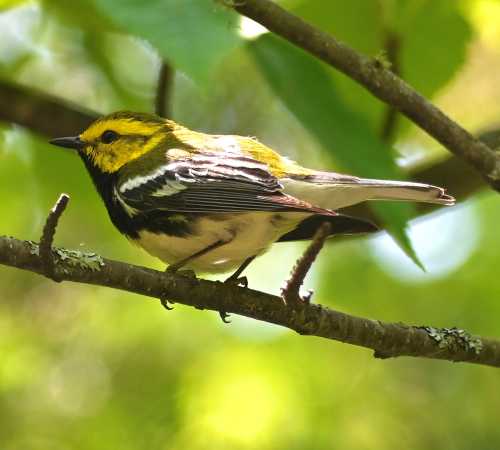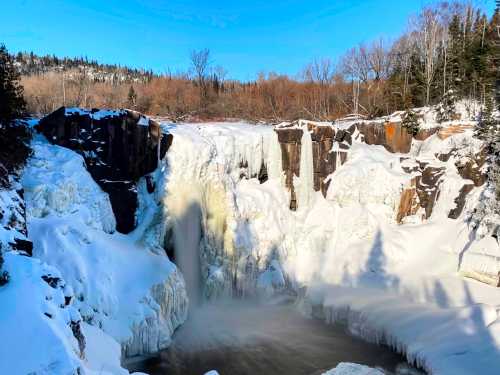Thanks to glaciers and an ancient ocean that covered much of the state, there is almost no fossil record of dinosaurs - save for a few specimens that may have been pushed in by glaciers - in the Land of 10,000 Lakes. But the Driftless Area, in the southeast corner, avoided glaciation during the last Ice Age, which permitted certain kinds of prehistoric creatures in Minnesota to roam that part of the state. And you can walk in their footsteps!
In the mid-1980s, a group of cavers was intrigued by the spot where a large spring emerged from a limestone bluff on private property near the North Branch of the Root River.
They asked and received permission from the landowner to explore more deeply.
Using Scuba and other methods, the cavers negotiated the rushing water and discovered a large cave complex.
Located in Minnesota's Driftless Area, what is now known as Tyson Spring Cave is owned by the Minnesota Cave Preserve.
In 2008, a group of cavers, including the Preserve's founder, discovered the fossilized antler of an Ice Age stag moose (Cervalces scotti) in the cave.
It was the first known specimen of this Ice Age (Pleistocene) creature in Minnesota.
A few months later, the same group found several bones, including a partial cranium, belonging to a scimitar-toothed cat (Homotherium serum) in the cave.
Dated at approximately 27,000 years old, this was the northernmost specimen of H. serum ever found in North America.
It's speculated that these large creatures entered the cave through one of the area's many sinkholes, whether by falling in (in the case of the moose) or denning in the sinkhole (as the cat may have done). More than a hundred other bones, some still being identified, have been found in the cave.
While Tyson Spring Cave is closed to the public, there are several nearby areas that are open to exploration.
Cherry Grove Blind Creek Valley Scientific and Natural Area is an excellent place to start learning about the fascinating karst geology of the Driftless Area.
The 40-acre SNA, located near the South Branch of the Root River, is about 15 miles south of Tyson Spring Cave and is home to several sinkholes.
A stream called Jessie's Kill flows through the SNA, gradually losing water into the ground.
Then it disappears abruptly down a limestone ravine and into a cave. This is what's known as a "blind valley" - hence the SNA's name.
This cave, known as Goliath Cave, is not open to the public.
But you can still find out what happens to the water that flows into the ground at Cherry Grove Blind Valley. You'll just need to drive a few minutes to the northeast.
Head to the Angler's Parking Lot at Forestville/Mystery Cave State Park.
Then look for the Big Spring trailhead.
This 2.1-mile, out-and-back trail follows steep terrain along Canfield Creek to a limestone bluff.
There, at the headwaters of the creek, Big Spring emerges from the cliff face.
Scientists have discovered that the water emerging as Big Spring here is the same water that disappears as Jessie's Kill into Goliath Cave and Cherry Grove Blind Valley several miles to the southwest.
This is another example of the same karst geology that created Tyson Spring Cave and which attracted large mammals to the area during the last ice age, when the Driftless Area avoided glaciation.
And you just may be walking in their footsteps.
If you want to get underground yourself, book a tour of the park's Mystery Cave - at 13 miles, the longest known cave in Minnesota - and explore the same type of underground waterway that flows through Tyson Spring and Goliath caves. Niagara Cave, in nearby Harmony, is a privately-owned cave with an underground waterfall that is open to the public for tours.
Did you know that these prehistoric creatures, as well as Ice Age bison, mammoths, and mastodons roamed what is now the Driftless Area in Minnesota? Let us know in the comments.
Subscribe to our newsletter
Get the latest updates and news
Thank you for subscribing!


























